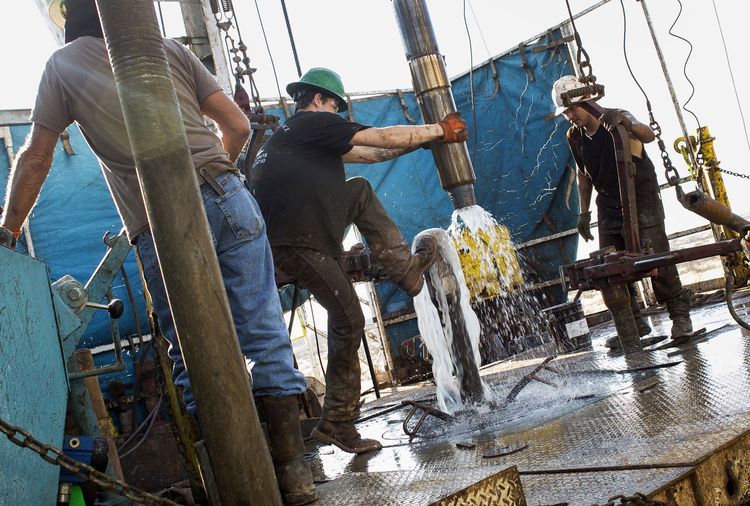
The demand for modern, faster, land drilling rigs is increasing.
First half figures from market consultancy Westwood Global Energy Group shows that the recovery in the global land drilling market, led by North America, is being sustained.
The drive, both in the US and internationally, for wells with longer laterals and multiple wells drilled efficiently from larger pads is creating demand for high-horsepower, modern rigs that can minimise time between each well.
And Westwood’s analysis shows that the number of rigs drilling around the world is predicted to increase by 7% annually over the next five years.
It is expected that the global capable fleet size will rise by 154 units over 2017-2021, with North America accounting for 39% of this growth.
Outside North America, the number of rigs drilling in Latin America is forecast to rise at a 5% through to 2021, following a significant decline in drilling activity over 2014-2016.
Westwood say this is being driven by a resumption of stalled activity in Mexico, the development of the Vaca Muerta shale play in Argentina and the development of the ITT project and the Olgan field in Ecuador.
Rig demand in North Africa and the Middle East (MENA) is expected to grow with the regional capable fleet forecast to increase by 43 units over 2017-2021.
Meanwhile, as data on countries outside North America is extremely difficult to track, Westwood has launched a Global Land Rigs tool.
It gives online access to its database of 8,000 land rigs around the world. Covering 345 drilling contractors across 76 countries, it enables users to identify and search for information on individual rigs and contractors.
Steve Robertson, head of research for oilfield services, at Westwood Global Energy Group, said: “There are many trends at play in this market.
“Whilst weekly movements in North America dominate the headlines, we expect significant growth in other territories such as South America and the Middle East, creating opportunities for operators, contractors and equipment manufacturers.
“However, until now it has been notoriously difficult to get information on what’s happening on the ground there.
“The market outside the USA is inherently more complex – we see a mix of ownership between specialist contractors and E&P companies and a trend towards consolidation of smaller contractors, a number of which have previously been subsidiaries of E&P companies.
“Recently, we have been supporting a number of E&P companies and OEMs to help them understand the nature and ownership of rig fleets in difficult-to-access countries.”
“The needs of the market are changing.
“Efficiency and speed is critical when many projects are on the brink of becoming commercially viable. This is driving a preference for more sophisticated, higher spec rigs, with specific component requirements varying by region but also by operator.”
Recommended for you
